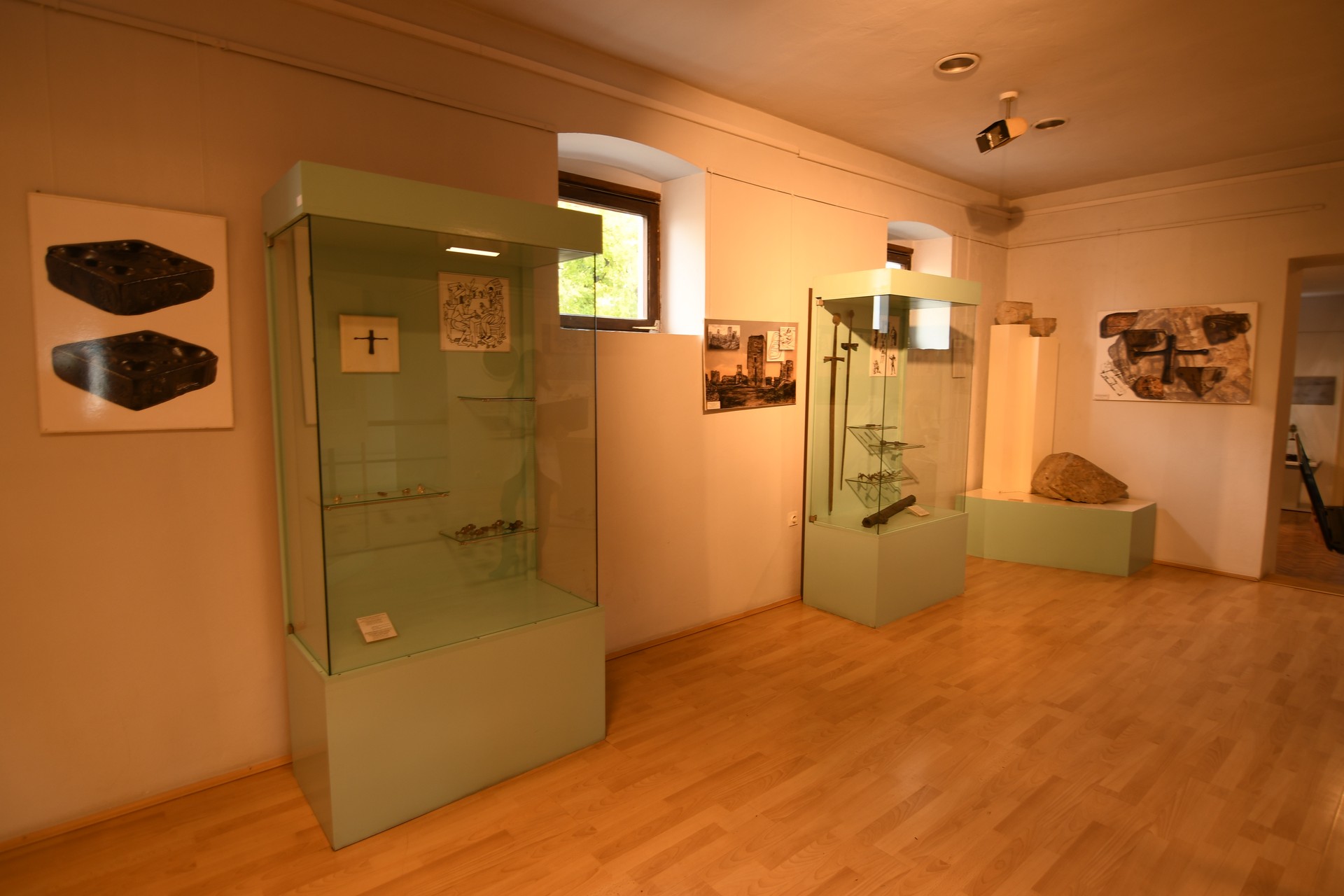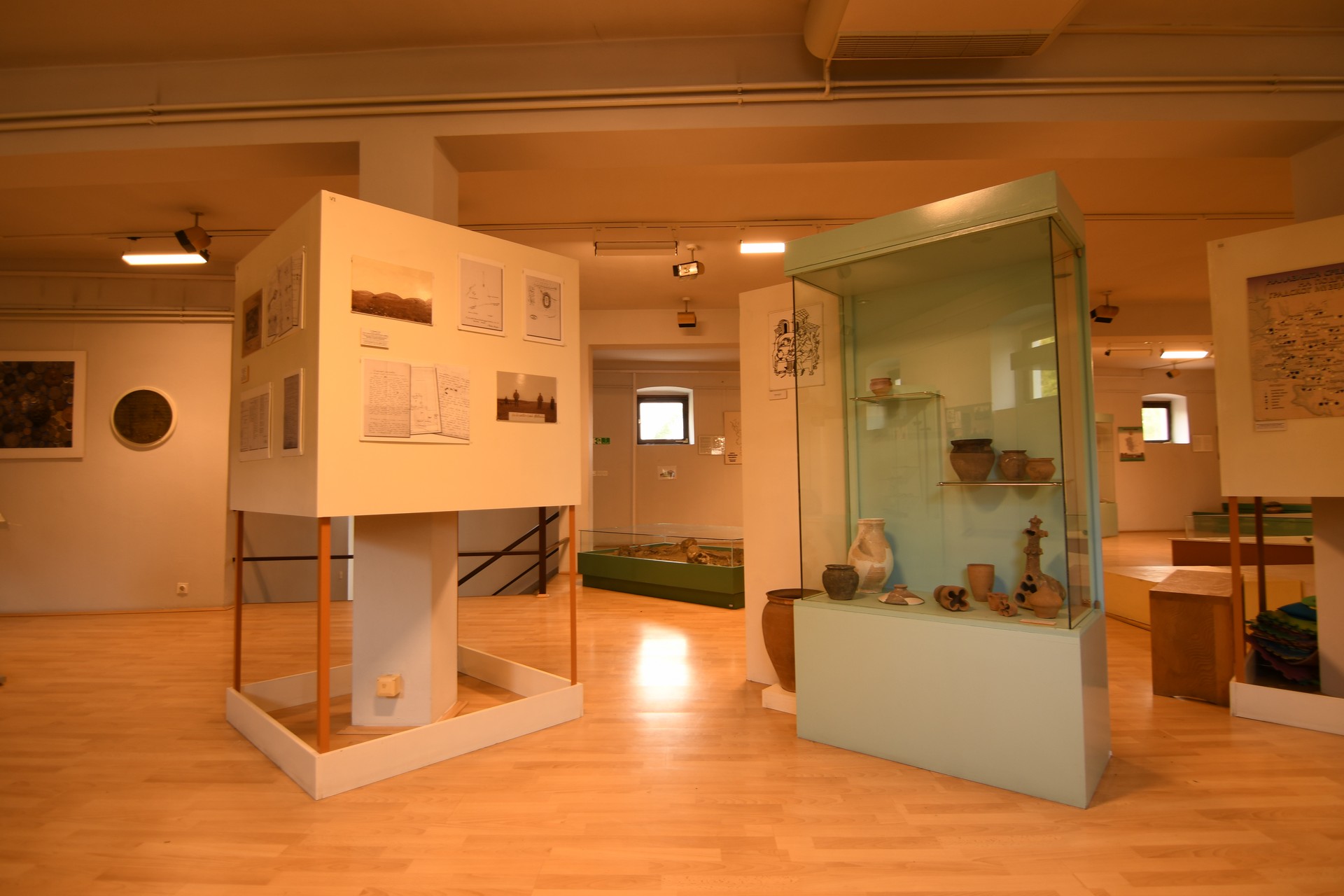- Archaeological and osteological materials are preserved in the museum’s prehistoric collection. They attest to the continuous thriving of life since the Mesolithic, including the formation of the region’s oldest agricultural culture called the Starčevo culture
- The fragments of human skulls from the Neolithic site Magareci Mlin corresponds to the Mesolithic period (the Middle Stone Age). For now, this is the oldest known inhabitant of Bačka, which suggests the presence of humans in this area more than a millennium earlier than previously believed
- One of the most significant archeological findings in Bačka was the discovery of two people buried in a crouched position at the Topola site near Bač. The skeletons are part of the permanent exhibition of the City Museum of Sombor and are dated between 6066 and 5985 BC (the early Neolithic)



